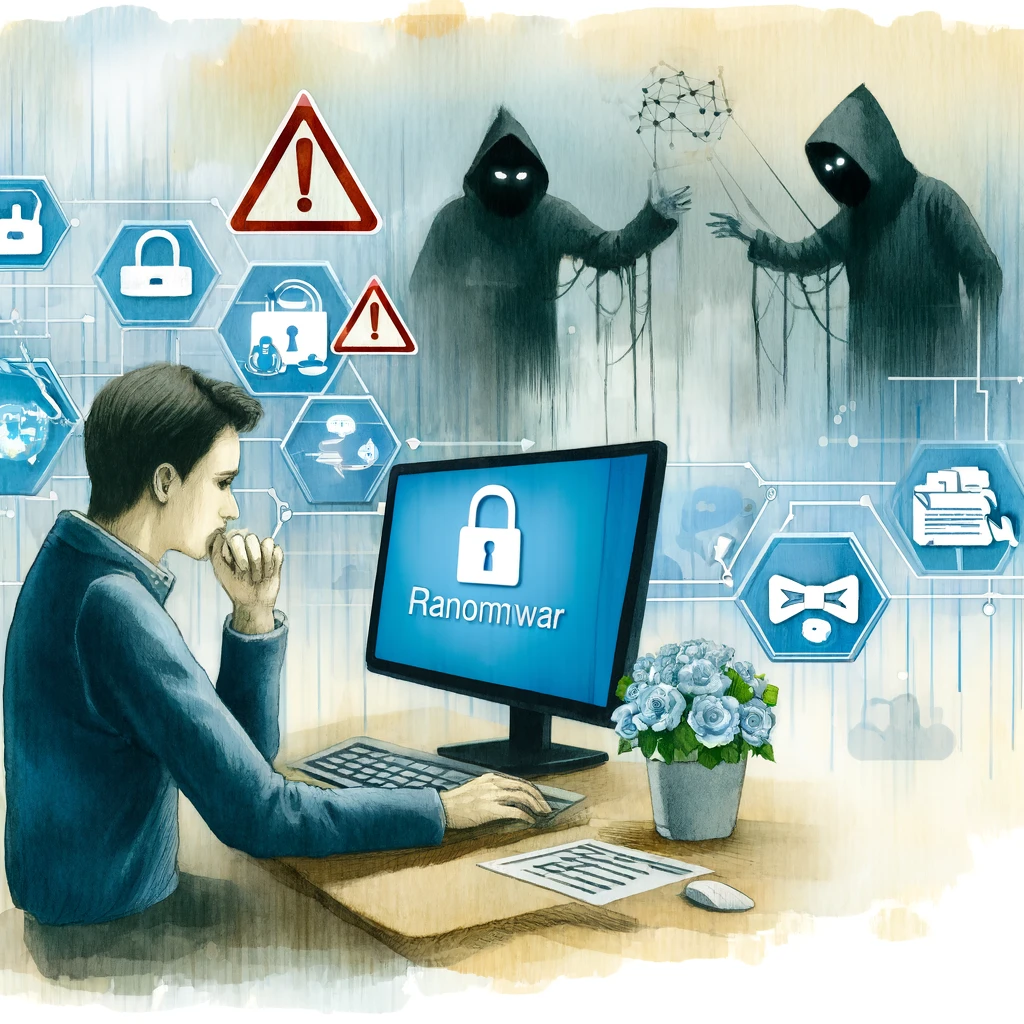Blockchain technology has emerged as a transformative force across various sectors, offering solutions that enhance transparency, security, and efficiency. Originally developed as the underlying technology for cryptocurrencies like Bitcoin, blockchain’s potential extends far beyond digital currencies. This article explores key applications of blockchain technology in supply chain management, financial services, healthcare records, smart contracts, and the regulatory challenges associated with its adoption.

Supply Chain Management
1.1 Enhancing Transparency and Traceability:
Blockchain technology offers a decentralized and immutable ledger that records every transaction in the supply chain. This transparency helps in tracking the movement of goods from origin to destination, ensuring that all parties have access to accurate and tamper-proof information.
Benefits:
- Improved Traceability: Blockchain enables detailed tracking of products at each stage of the supply chain, from raw materials to finished goods. This traceability is crucial for industries like food and pharmaceuticals, where verifying the authenticity and quality of products is vital.
- Fraud Reduction: By providing a transparent and immutable record of transactions, blockchain reduces the risk of fraud, counterfeiting, and tampering. This is particularly important in industries like luxury goods and electronics.
- Efficiency Gains: Blockchain streamlines supply chain processes by automating record-keeping and reducing the need for intermediaries, leading to faster and more cost-effective operations.
Real-World Example:
- Walmart’s Blockchain Initiative: Walmart uses blockchain to track the provenance of food products. By scanning a product’s QR code, consumers and retailers can access detailed information about its journey through the supply chain, ensuring safety and quality.
Challenges:
- Data Entry Accuracy: The effectiveness of blockchain in supply chain management depends on the accuracy of data entered at each stage. Ensuring reliable data input remains a challenge.
- Integration with Existing Systems: Integrating blockchain with existing supply chain systems can be complex and costly, requiring significant technological investment.
Future Trends:
- IoT Integration: The combination of blockchain with IoT devices can enhance real-time monitoring and tracking of goods, further improving supply chain transparency and efficiency.
Financial Services
2.1 Streamlining Financial Transactions:
Blockchain technology is revolutionizing financial services by enabling secure, transparent, and efficient transactions without the need for intermediaries such as banks and payment processors.
Benefits:
- Cost Reduction: Blockchain reduces transaction costs by eliminating the need for intermediaries and reducing administrative overhead. According to a Deloitte report, blockchain can reduce financial transaction costs by up to 70%.
- Faster Settlements: Traditional financial transactions can take several days to settle due to the involvement of multiple intermediaries. Blockchain enables near-instantaneous settlement of transactions, improving liquidity and reducing counterparty risk.
- Enhanced Security: The decentralized nature of blockchain provides robust security against fraud and hacking, as altering transaction data would require consensus from a majority of network participants.
Real-World Example:
- Ripple’s Blockchain Payments: Ripple’s blockchain platform facilitates cross-border payments by enabling fast, low-cost, and secure transactions. Financial institutions like Santander and American Express use Ripple’s technology to streamline international payments.
Challenges:
- Regulatory Uncertainty: The lack of clear regulatory frameworks for blockchain and cryptocurrencies creates uncertainty for financial institutions and investors.
- Scalability Issues: Current blockchain networks face scalability challenges, limiting their ability to handle a high volume of transactions quickly and efficiently.
Future Trends:
- Central Bank Digital Currencies (CBDCs): Several central banks are exploring the issuance of digital currencies on blockchain platforms, potentially transforming the future of monetary systems and financial transactions.
Healthcare Records
3.1 Secure Management of Medical Records:
Blockchain technology offers a secure and transparent solution for managing medical records, ensuring data integrity, and protecting patient privacy.
Benefits:
- Data Integrity: Blockchain provides an immutable ledger for medical records, ensuring that data cannot be altered or tampered with. This is crucial for maintaining accurate patient histories and ensuring reliable information for medical decision-making.
- Patient Privacy: Blockchain allows patients to control access to their medical records, granting permissions to healthcare providers and ensuring that their personal information is kept private.
- Interoperability: Blockchain can facilitate the secure sharing of medical records across different healthcare providers and systems, improving coordination and continuity of care.
Real-World Example:
- MedRec: MedRec is a blockchain-based platform that enables secure and interoperable medical record management. It allows patients to control access to their health data and ensures that medical records are accurately maintained across multiple healthcare providers.
Challenges:
- Data Standardization: The lack of standardized formats for medical records across different healthcare systems can complicate the implementation of blockchain.
- Compliance with Regulations: Ensuring that blockchain solutions comply with healthcare regulations such as HIPAA in the USA and GDPR in Europe is essential for protecting patient privacy.
Future Trends:
- Personal Health Records (PHRs): Blockchain could enable the creation of decentralized personal health records that patients own and manage, enhancing their control over their health data.
Smart Contracts
4.1 Automating Contractual Agreements:
Smart contracts are self-executing contracts with the terms of the agreement directly written into code. They run on blockchain networks, automatically enforcing the contract terms when predefined conditions are met.
Benefits:
- Automation and Efficiency: Smart contracts eliminate the need for intermediaries, such as lawyers or notaries, by automatically executing contract terms. This reduces administrative costs and speeds up the contracting process.
- Transparency and Trust: The terms of smart contracts are transparent and accessible to all parties involved, enhancing trust and reducing the risk of disputes.
- Security and Immutability: Smart contracts are secured by blockchain’s cryptographic algorithms, ensuring that once a contract is executed, it cannot be altered or tampered with.
Real-World Example:
- Ethereum Smart Contracts: Ethereum is a blockchain platform that supports the creation and execution of smart contracts. It has enabled a wide range of applications, from decentralized finance (DeFi) platforms to automated insurance claim processing.
Challenges:
- Legal Recognition: The legal status of smart contracts varies by jurisdiction, and there is a need for clear legal frameworks to ensure their enforceability.
- Coding Errors: Errors in the code of smart contracts can lead to unintended consequences or vulnerabilities, highlighting the need for thorough testing and auditing.
Future Trends:
- Expansion into New Sectors: Smart contracts are likely to expand into new sectors such as real estate, insurance, and supply chain management, automating complex transactions and contractual agreements.
Regulatory Challenges
5.1 Implementing Blockchain Technology:
The adoption of blockchain technology faces several regulatory challenges that need to be addressed to ensure its widespread and effective use.
Key Challenges:
- Regulatory Uncertainty: Many jurisdictions lack clear regulations for blockchain and related technologies, creating uncertainty for businesses and hindering innovation. The evolving nature of blockchain means that regulators must continuously update and adapt their frameworks.
- Scalability Issues: Blockchain networks currently face scalability challenges, limiting their ability to handle large volumes of transactions. Regulatory frameworks need to address these technical limitations to support widespread adoption.
- Need for Standardization: The lack of standardized protocols and data formats for blockchain technology hinders interoperability and creates barriers to adoption. International cooperation is required to develop common standards that facilitate integration and use across different systems and sectors.
Real-World Example:
- European Union’s Blockchain Initiative: The EU has launched several initiatives to support blockchain development, including the European Blockchain Partnership and the establishment of regulatory sandboxes to test new blockchain applications in a controlled environment.
Future Trends:
- Harmonization of Regulations: Efforts are underway to harmonize blockchain regulations across jurisdictions, promoting global standards and fostering cross-border collaboration.
- Focus on Privacy and Security: As blockchain adoption grows, regulatory frameworks will increasingly focus on ensuring data privacy and security, addressing concerns about the misuse of personal information and the potential for cyber threats.
Conclusion
Blockchain technology has the potential to revolutionize various sectors by enhancing transparency, security, and efficiency. Its applications in supply chain management, financial services, healthcare records, and smart contracts demonstrate its versatility and transformative power. However, the widespread adoption of blockchain faces significant regulatory challenges that need to be addressed to unlock its full potential. For UPSC aspirants, understanding the applications and regulatory landscape of blockchain technology is essential for addressing future challenges and opportunities in this rapidly evolving field.


